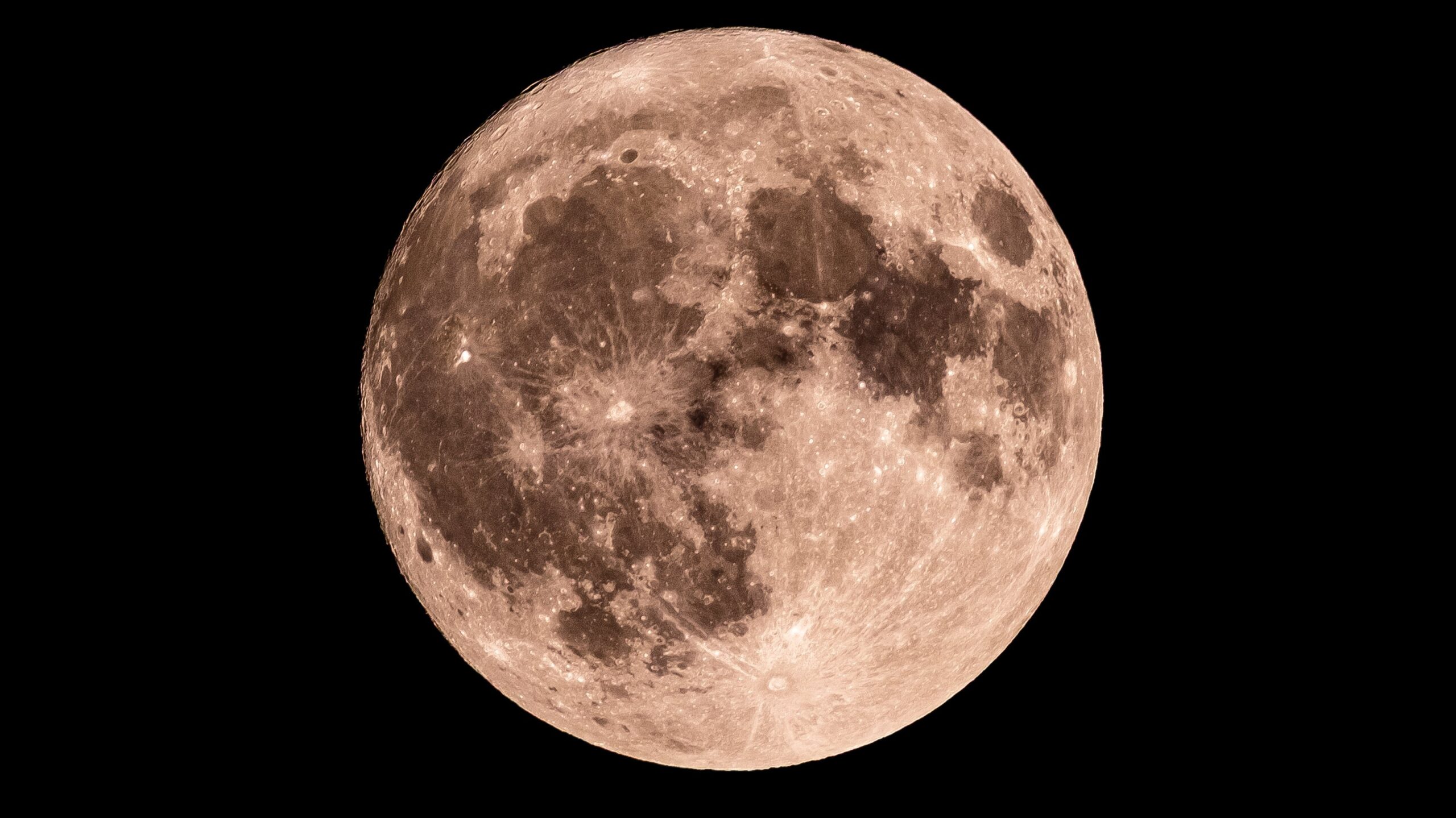Science
Moon Phase Update: Waxing Crescent Illuminates Night Sky on July 26

The moon is currently progressing through its phases, with a Waxing Crescent visible on the night of July 26, 2025. As the lunar cycle unfolds, the moon is becoming slightly brighter each evening. This particular phase occurs when the moon is just two days into its 29.5-day cycle, as it orbits Earth and reflects sunlight.
According to data from NASA, as of tonight, only 4% of the moon’s surface is illuminated and visible from Earth. This limited visibility means that observers will not be able to discern much detail on the moon’s surface, even with binoculars or a telescope. The Waxing Crescent phase is marked by a small sliver of light appearing on the right side of the moon, primarily during the Northern Hemisphere’s view.
Understanding Moon Phases
The phenomenon of moon phases is caused by the varying angles between the Sun, Earth, and the moon itself. As the moon completes its orbit, different portions of its surface become illuminated, leading to various appearances throughout the month. The phases include eight distinct stages:
– **New Moon**: The moon is positioned between Earth and the sun, rendering it invisible to the naked eye.
– **Waxing Crescent**: A sliver of light emerges on the right.
– **First Quarter**: Half of the moon is illuminated, resembling a half-moon.
– **Waxing Gibbous**: More than half of the surface is lit but not fully illuminated.
– **Full Moon**: The entire face of the moon is bright and visible.
– **Waning Gibbous**: The moon begins to lose light on the right side.
– **Last Quarter (Third Quarter)**: The left half of the moon is lit, creating another half-moon.
– **Waning Crescent**: A thin sliver of light remains before it becomes dark again.
The next full moon will occur on August 9, 2025, following the last full moon on July 10. This cyclical nature of the moon has fascinated humanity for centuries and continues to be a subject of scientific study and public interest.
For those keen on moon watching, understanding these phases enhances the experience of observing our natural satellite. As the moon grows brighter in the coming nights, stargazers can look forward to witnessing its transition toward the next full moon.
-

 Health3 months ago
Health3 months agoNeurologist Warns Excessive Use of Supplements Can Harm Brain
-

 Health3 months ago
Health3 months agoFiona Phillips’ Husband Shares Heartfelt Update on Her Alzheimer’s Journey
-

 Science2 months ago
Science2 months agoBrian Cox Addresses Claims of Alien Probe in 3I/ATLAS Discovery
-

 Science2 months ago
Science2 months agoNASA Investigates Unusual Comet 3I/ATLAS; New Findings Emerge
-

 Science1 month ago
Science1 month agoScientists Examine 3I/ATLAS: Alien Artifact or Cosmic Oddity?
-

 Entertainment5 months ago
Entertainment5 months agoKerry Katona Discusses Future Baby Plans and Brian McFadden’s Wedding
-

 Science1 month ago
Science1 month agoNASA Investigates Speedy Object 3I/ATLAS, Sparking Speculation
-

 Entertainment4 months ago
Entertainment4 months agoEmmerdale Faces Tension as Dylan and April’s Lives Hang in the Balance
-

 World3 months ago
World3 months agoCole Palmer’s Cryptic Message to Kobbie Mainoo Following Loan Talks
-

 Science1 month ago
Science1 month agoNASA Scientists Explore Origins of 3I/ATLAS, a Fast-Moving Visitor
-

 Entertainment2 months ago
Entertainment2 months agoLewis Cope Addresses Accusations of Dance Training Advantage
-

 Entertainment3 months ago
Entertainment3 months agoMajor Cast Changes at Coronation Street: Exits and Returns in 2025









